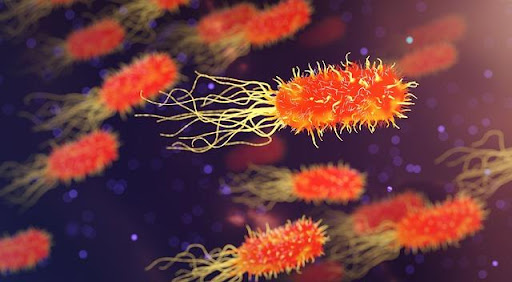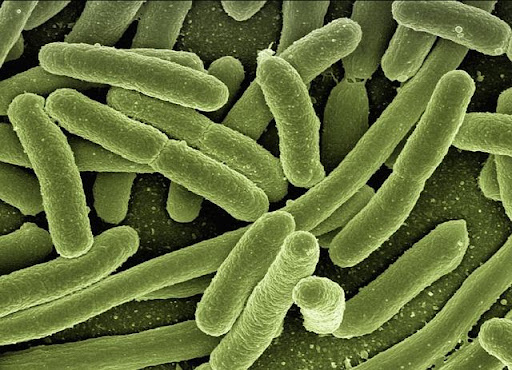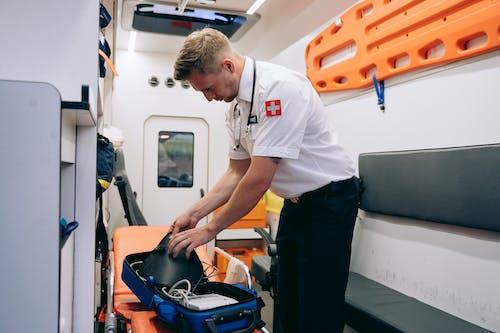
In our increasingly interconnected world, the emergence of infectious diseases poses a constant threat to global health. These diseases, often caused by novel pathogens, challenge the resilience of healthcare systems and can havedevastatingconsequences. Let’s explore the nature of emergent infectious diseases, their causes, the role of globalization, and the strategies for detection, prevention, and containment.
Understanding Emergent Infectious Diseases

Emergent infectious diseases (EIDs) are those that are newly recognized or have existed previously but are rapidly increasing in incidence or expanding into new geographic regions. These diseases can originate from various sources, including zoonotic spillover (transmission from animals to humans), genetic mutations in pathogens, or changes in environmental conditions that favor the disease’s spread.
The Causes of Emergent Infectious Diseases
Zoonotic Transmission:

A primary cause of EIDs is the transmission ofpathogensfrom animals to humans, a process known as zoonotic spillover. This transmission can occur through various mechanisms:
- Direct Contact: Close contact with infected animals, such as in the case of Ebola, can lead to zoonotic transmission. Bats and primates are common reservoirs for Ebola virus.
- Consumption of Contaminated Food: Consumption of improperly cooked or contaminated animal products can transmit diseases like avian influenza (bird flu). Contaminated meat and eggs have been sources of outbreaks.
- Insect Vectors: Many EIDs are spread by insect vectors, such as mosquitoes. Malaria, dengue fever, and Zika virus are all examples of diseases transmitted via mosquito bites.
Genetic Mutations:

Pathogens have the capacity to adapt and evolve. Genetic mutations can lead to the emergence of new strains, increasing theirvirulenceor their ability to infect different hosts. For example:
- Influenza: Influenza viruses are notorious for their ability to undergo frequent genetic changes, leading to the emergence of new strains. These changes can necessitate the development of updated vaccines each flu season.
- HIV: The human immunodeficiency virus (HIV) has evolved into different subtypes, making the development of a universal HIV vaccine challenging.
Environmental Factors:

Environmental changes and disturbances can create conditions favorable for the emergence and spread of EIDs. Factors include:
- Deforestation: The destruction of naturalhabitatscan bring humans into closer contact with wildlife and their pathogens, leading to increased zoonotic spillover. For example, the deforestation of rainforests has been linked to outbreaks of diseases like Ebola.

- Climate Change: Alterations in climate patterns can affect the distribution and behavior of disease-carrying vectors, such as mosquitoes. This has contributed to the expansion of diseases like malaria and dengue fever into new regions.
- Habitat Destruction: Destruction of habitats can lead to the displacement of animals, forcing them into closer proximity withhumansand domestic animals, increasing the risk of zoonotic transmission.
Globalization:
In our interconnected world, globalization plays a significant role in the spread of EIDs. The movement of people, goods, and information can facilitate the rapid transmission of diseases. Factors contributing to this include:
- Air Travel: International air travel allows infected individuals to carry diseases across continents within hours, making containment challenging.

- Trade: The global movement ofgoodscan lead to the inadvertent spread of pathogens, including those that contaminate food products or are transmitted by invasive species.
- Urbanization: Rapid urbanization results in densely populated cities with inadequate sanitation and healthcare systems, creating ideal conditions for the spread of diseases like cholera and tuberculosis.
Strategies for Detection and Prevention

Early detection is crucial in managing EIDs. Surveillance systems and reporting mechanisms must be strengthened globally to monitor disease outbreaks effectively. Improved data-sharing between countries and international organizations can enhance our ability to detect and respond to EIDs swiftly. Developing vaccines and treatments for EIDs is a primary prevention strategy. However, these efforts often require international collaboration, funding, and swift regulatory processes to expedite the development of vaccines or antiviralmedicationsduring outbreaks.
Many EIDs, like Zika and dengue fever, are transmitted by vectors such as mosquitoes. Effective vector control measures, including insecticide use and habitat management, are essential in preventing disease transmission. Strengthening healthcare infrastructure, particularly in low-resource settings, is vital to prevent the emergence and spread of EIDs. This includes bolstering healthcare facilities, training healthcare workers, and ensuring an adequate supply of essential medical resources.
Responding to EID Outbreaks

Infectious disease outbreaks are unpredictable events that can have devastating consequences on public health. Responding effectively to these crises requires a combination of rapid response, resource mobilization, and international cooperation.
- Early Detection and Surveillance: The first step in responding to anoutbreakis early detection. Robust surveillance systems, both at the local and international levels, are essential. These systems help identify outbreaks before they escalate, allowing for timely interventions.
- Contact Tracing: Contact tracing involves identifying and monitoring individuals who have been in close contact with infected persons. This helps break the chain of transmission and control the outbreak.
- Public Health Campaigns: Public health campaigns are essential to raise awareness and educate the public about the outbreak. These campaigns provide information on preventive measures, symptoms, and the importance of seeking medical care when needed.

- International Cooperation: Infectious diseases know no borders. International cooperation is often required to manage outbreaks effectively. Timely sharing of information, resources, and expertise among countries and international organizations is crucial for containment.
- Resource Mobilization: Adequate funding and resource allocation are essential for responding to outbreaks. Governments, non-governmental organizations, and international bodies must work together to ensure thathealthcaresystems have the necessary resources and capacity to address the crisis.
- Research and Data Sharing: Continuous research and data sharing are critical to understanding the disease and developing effective response strategies. The global scientific community collaborates to accelerate vaccine development and treatment options.
The Future of EIDs

The emergence of infectious diseases will continue to challenge our global society. As human activities intersect with the natural world, and as pathogens adapt to new conditions, the risk of EIDs remains ever-present. Addressing this challenge necessitates not only scientific and medical advancements but also international cooperation, improved healthcare infrastructure, and a commitment to strengthening our defenses against this ongoing threat. The lessons learned from the management of EIDs can also serve as valuable tools in confronting future health crises. Stay safe and learn more from #1 AAA CE Trainings continuing education training,eetsonline.com/ce.
